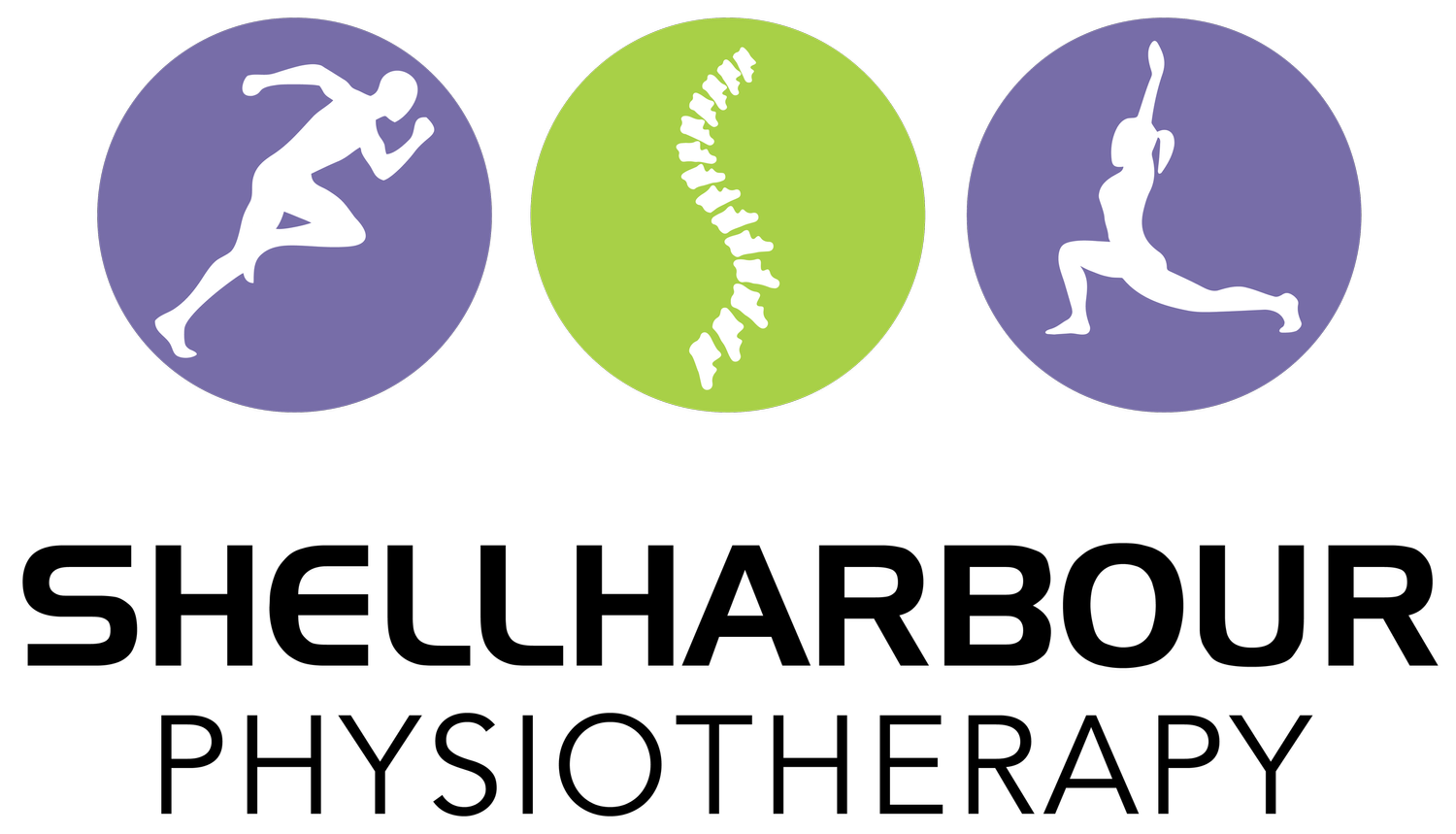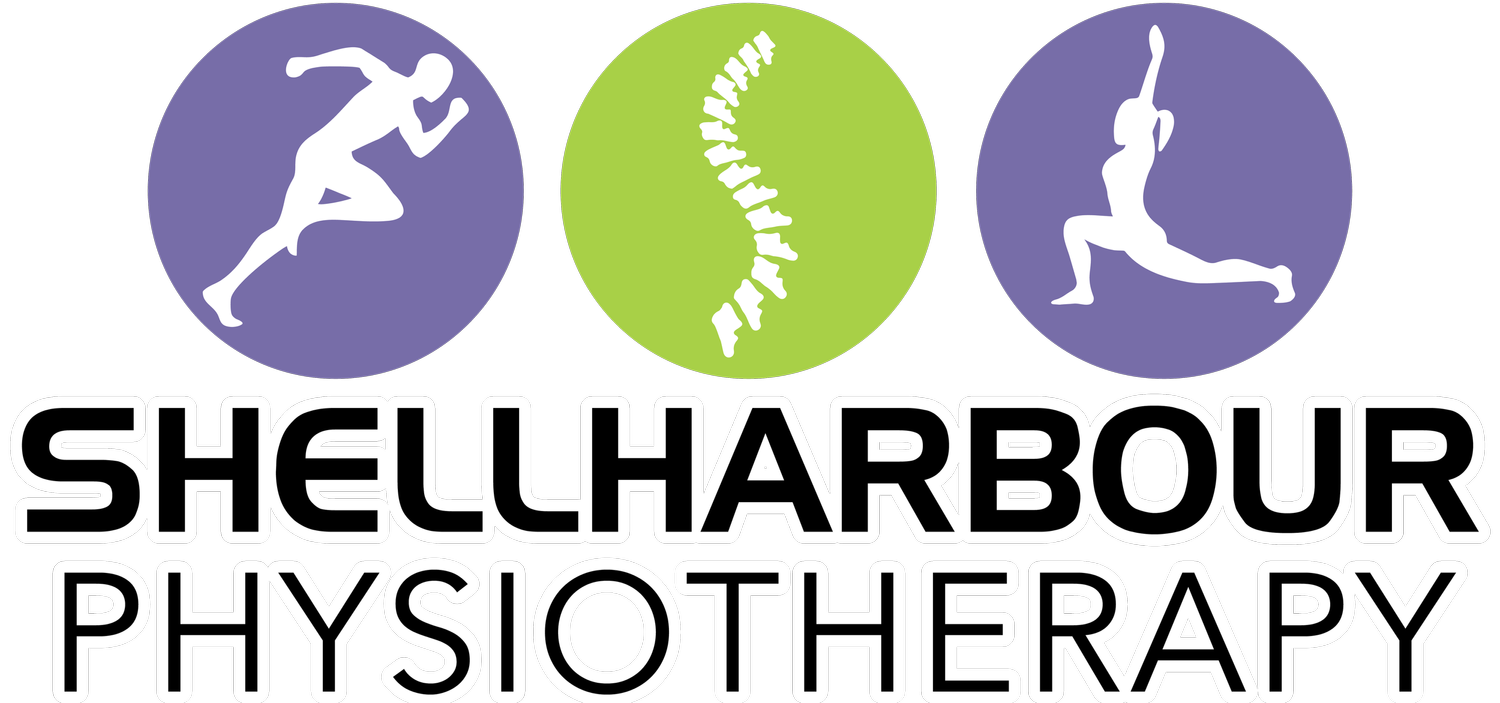TIP TOE THROUGH THE TULIPS: WHAT IS TOE WALKING AND WHEN SHOULD WE WORRY ABOUT IT?
Toe walking is a pattern of movement where someone is unable, or avoids, walking in a heel-toe walking pattern.
These kids can be quite funny. They can stand flat footed if asked; they can walk well in a heel-toe pattern if prompted; but THEN you take a sip of your coffee and out of the corner of your eye… whoosh they’re back up on their toes – what the???
When toe walking is not caused by a neurological or developmental issue (e.g. muscular dystrophy, cerebral palsy, contractures or ASD) a diagnosis of idiopathic toe walking is made (ITW)¹.
Idiopathic toe walking is a diagnosis of exclusion, where a child toe walks persistently with no associated medical condition. Unfortunately, many of these children and their parents are given outdated advice that “they will grow out of it”. The evidence however is the opposite…
50% of children do NOT grow out of toe walking, and many actually grow to further reinforce the behaviours².
PAEDIATRIC PHYSIOTHERAPY & TOE WALKING
Paediatric physios are integral to the management of toe walking. Most importantly we get to the root of ‘why’ a child is toe walking – is it a sensory issue? a muscle weakness issue? an issue with muscle tightness? or a myriad of many issues?
By working out the why, we can effectively provide an intervention to get kids off their toes and in a much healthier and efficient walking pattern.
When are we concerned?
We are concerned about a child who is toe walking when they:
Have been independently walking longer than 3 months and are on their toes
Walking on their toes well beyond 2 years old
Walk on their toes for more than 20% of their day
Are having safety issues – falls, trips and stumbles
Why are we concerned?
Untreated toe walking can lead to:
Long term ankle instability
Foot changes and maladaptation – wide fore-feet, high arches, skinny heels
Frequent injuries – falls, tripping, sprained ankles
Joint pain – lower limbs and lower back (especially as children get older)
Degenerative joints and early onset osteoarthritis
Impaired function in play and sports – inefficiency, lack of strength, reduced proprioception
WHAT DO WE DO AS PHYSIOS?
Improve gait pattern – let’s achieve heel strike!
Fun games to encourage heel strike – penguin walks and more.
Walking backwards.
Heel-toe coordination over a band.
Correct muscle imbalances
Specifically around the hips, knees and ankles – lengthen and strengthen where required:
Ramp/slippery dip walking – lengthen those calf and hamstring muscles.
Heavy pulling tasks to engage glutes.
Pushing tasks to encourage pushing through the heels
Creating a stable base of support
Core muscle work, increased whole foot weight bearing:
Bridges for core engagement and pushing through the heels.
Working on stability of the feet and ankles.
Balancing.
Prescribing wedges
For short term training of heel-strike and achieving ankle range of motion.
Helping manage sensory aversions or inclinations
If sensory aversions to heel strike – challenge sensory system using a variety of textures and surfaces.
If sensory seeking toe-walking – give activities that meet the sensory need while still working on heel strike (putty play, picking up objects with toes).
Sensory walking on grass.
Sensory walking on sand.
Advice on footwear
Ideal footwear – high tops and boots - deep heel cup, rigid sole, slight tilt up at toes, buy a size bigger – so many options!
Flipper walking is also a wonderful option to practice heel-toe walking (or even walking around in mum or dad’s shoes)
Potential use of night splints
In some kids, to achieve longer stretches for a shortened muscle we will also prescribe these splints
Referral for orthotics if required
For the more stubborn kids, a good option may be a prescription orthosis to help achieve a better foot alignment
These are also often used after Botox treatments
SMOs
AFOs ³
It is never too late to improve your child’s walking pattern!
If you are concerned over your little one’s walking, please do not hesitate to contact us ↗ at Shellharbour Physiotherapy.
References
1. Oetgen, M. E., & Peden, S. (2012). Idiopathic toe walking. JAAOS-Journal of the American Academy of Orthopaedic Surgeons, 20(5), 292-300.
2. Eastwood, D. M., Menelaus, M. B., Dickens, D. R., Broughton, N. S., & Cole, W. G. (2000). Idiopathic toe-walking: does treatment alter the natural history?. Journal of pediatric orthopedics. Part B, 9(1), 47-49.
3. Aculbertson . (2019, June 11). Will SMO orthotics help my child’s development?. https://surestep.net/blog/will-smo-orthotics-help-my-child/.












